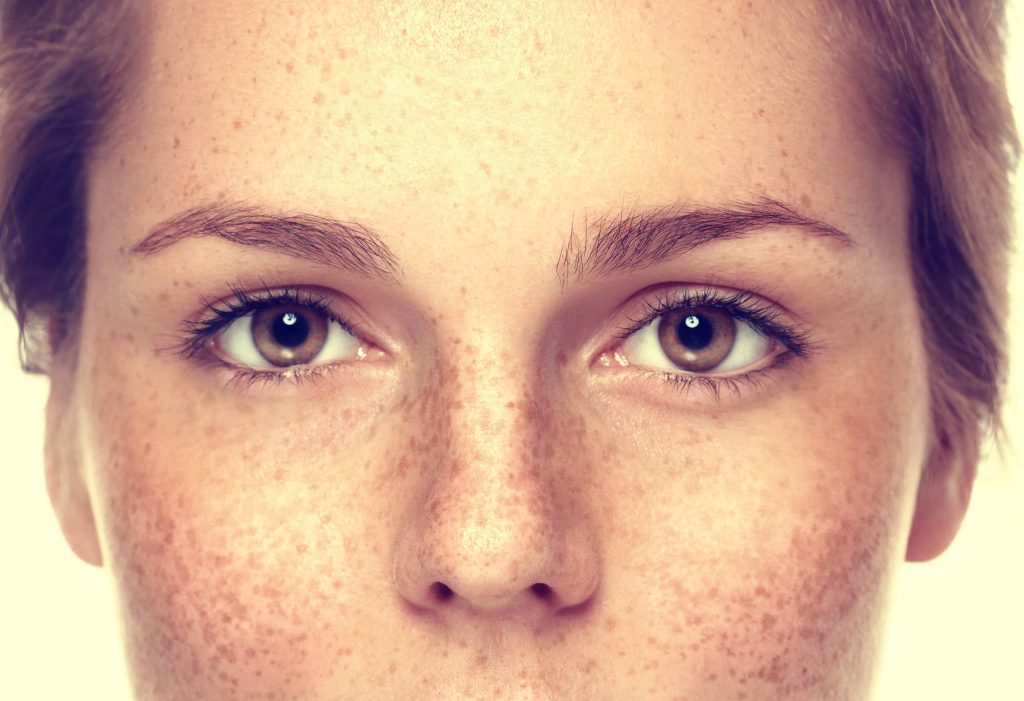-
Featured News
Mayo Clinic Q and A: All about freckles
 DEAR MAYO CLINIC: Over the past year, I have developed a number of small brown blotches on my face that darken when I’m in the sun. The spots lightened a bit over the winter, but I’m concerned they will darken again this summer. What causes this, and is there a way to avoid it from worsening? I am 25 and otherwise healthy.
DEAR MAYO CLINIC: Over the past year, I have developed a number of small brown blotches on my face that darken when I’m in the sun. The spots lightened a bit over the winter, but I’m concerned they will darken again this summer. What causes this, and is there a way to avoid it from worsening? I am 25 and otherwise healthy.
ANSWER: What you are describing sounds like ephelides — also known as freckles. These small areas of extra pigmentation on the skin get darker when they are exposed to sunlight during the summer, and then they tend to fade during the winter. Freckles typically are not a sign of an underlying skin disorder, and they do not require any treatment. Check them from time to time, though. If you notice any changes, such as one of the spots growing larger or developing an irregular border, see a dermatologist to have it checked.
Ephelides most often appear tan, brown or red. Unlike some other dark skin patches, such as moles, they are flat rather than raised from the skin. Freckles are most common in people with fair skin and in those who have red hair. Freckles generally develop in childhood, adolescence or young adulthood, and they may increase in number and distribution during that time.
A hallmark characteristic of freckles is that they get darker when exposed to the sun’s ultraviolet (UV) light. That’s why they become more noticeable in the summertime and fade throughout the winter months.
In some case, freckles may be confused with another type of skin spot known as solar lentigines — sometimes called age spots. The difference is that solar lentigines are actually caused by frequent and prolonged sun exposure over the course of many years. Freckles, on the other hand, are typically a result of genetics. Freckles often fade or disappear with age, while solar lentigines become more common as people get older.
You can help keep freckles from getting darker, and reduce the likelihood that more will appear, by taking steps to shield your skin from sunlight, especially during the summer months.
Use a broad-spectrum sunscreen with a sun protection factor, or SPF, of 30 or higher whenever you are outdoors. Wear sunscreen — even if the sun is not shining, as UV light penetrates through clouds and reflects off water, snow and other surfaces. Apply sunscreen generously and frequently to all areas of exposed skin, particularly after you have been swimming or sweating.
To further shield your skin from the sun’s damaging rays, wear protective gear, such as a broad-brimmed hat and sunglasses, and limit your time outdoors when the sun is strongest during the late morning and early afternoon. Never use a tanning bed.
Although freckles are harmless, it is important to keep an eye on skin changes and be familiar with what’s normal for your skin. Skin cancer is one of the most common types of cancer, so know its signs and symptoms. If you notice anything out of the ordinary, see a dermatologist.
In particular, watch for new dark patches appearing on your skin that have not been there before. Notice if a patch of skin changes color; becomes darker in only one area; becomes uneven, jagged or scalloped around the edges; grows larger; or changes in height. If any of that happens, see a dermatologist. If a darker area of skin bleeds, itches or becomes tender, evaluate that promptly, too. — Dr. Julio Sartori Valinotti, Dermatology, Mayo Clinic, Rochester, Minnesota
Related Articles







